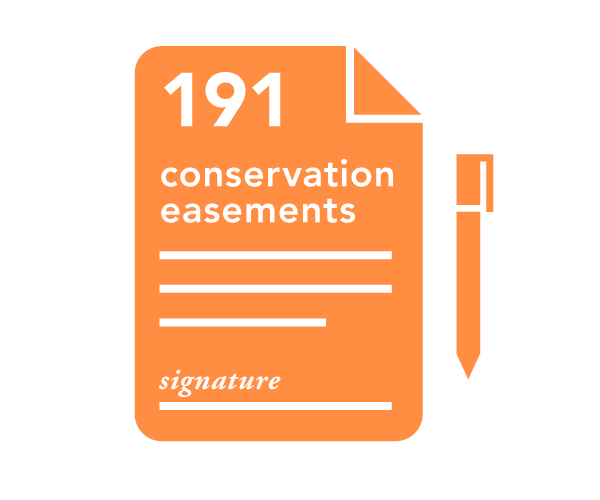Download: A Vision for the Canadaigua Lake Watershed (PDF)
Published September 2010
Prepared by Betsy Landre and the Finger Lakes Land Trust
This report is the culmination of a yearlong evaluation of the Canandaigua Lake watershed undertaken by the Finger Lakes Land Trust. It includes an assessment of the watershed’s natural resources and their importance to local residents’ quality of life. Threats to these resources from development are described as is local capacity for land use planning and natural resource protection. The report presents a vision for how communities in the Canandaigua Lake watershed can work together to guide growth while protecting valuable watershed resources.
Canandaigua Lake is indeed a jewel, and it is the number one reason residents name for living here. The lake provides drinking water to more than 60,000 residents along with exceptional recreational opportunities. The 174 square mile watershed is rich in natural resources. Over one-half of the watershed soils are highly suitable for agricultural production. About 120 watershed farms produce a variety of agricultural products, from dairy to vegetable crops, grapes, and horticultural and specialty products.
Significant forest resources provide timber, wildlife habitat, and recreational opportunities. Especially notable are the roughly 30 square miles of woodlands carpeting the hill country between Bare Hill and High Tor Wildlife Management Area. The extensive 1,500-acre High Tor wetland complex at the south end of the lake acts as a filter for storm water and provides excellent wildlife habitat. Scenery, including rural landscapes of farms and forests as well as dramatic lake views, is another heralded watershed resource.
Steady population growth during recent years has increased pressure on watershed resources. With the vast majority of available lakeshore developed, demand for residential development has shifted to hillsides commanding lake views. More than 900 new residential units within the watershed possessed preliminary development approvals in 2009. At the same time, the Canandaigua Lake Watershed Council documented an upward trend in total phosphorus (TP), the critical nutrient governing lake productivity and associated symptoms like algae blooms.
Download: A Vision for the Canadaigua Lake Watershed (PDF)
You can download other regional conservation plans in PDF format. See all plans here.


